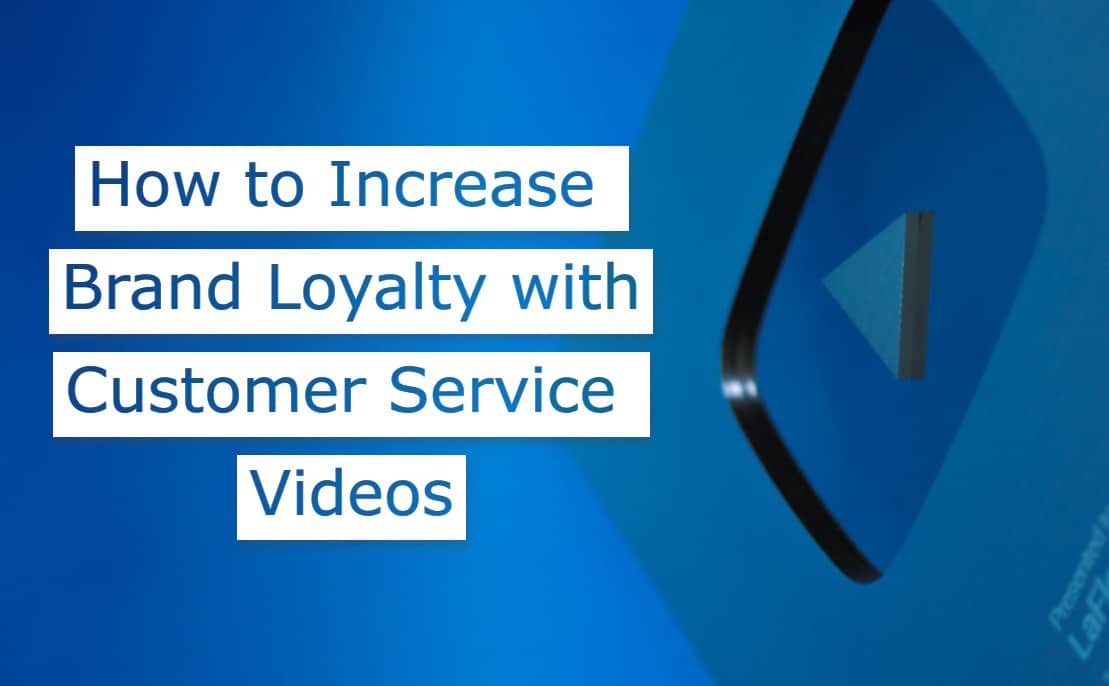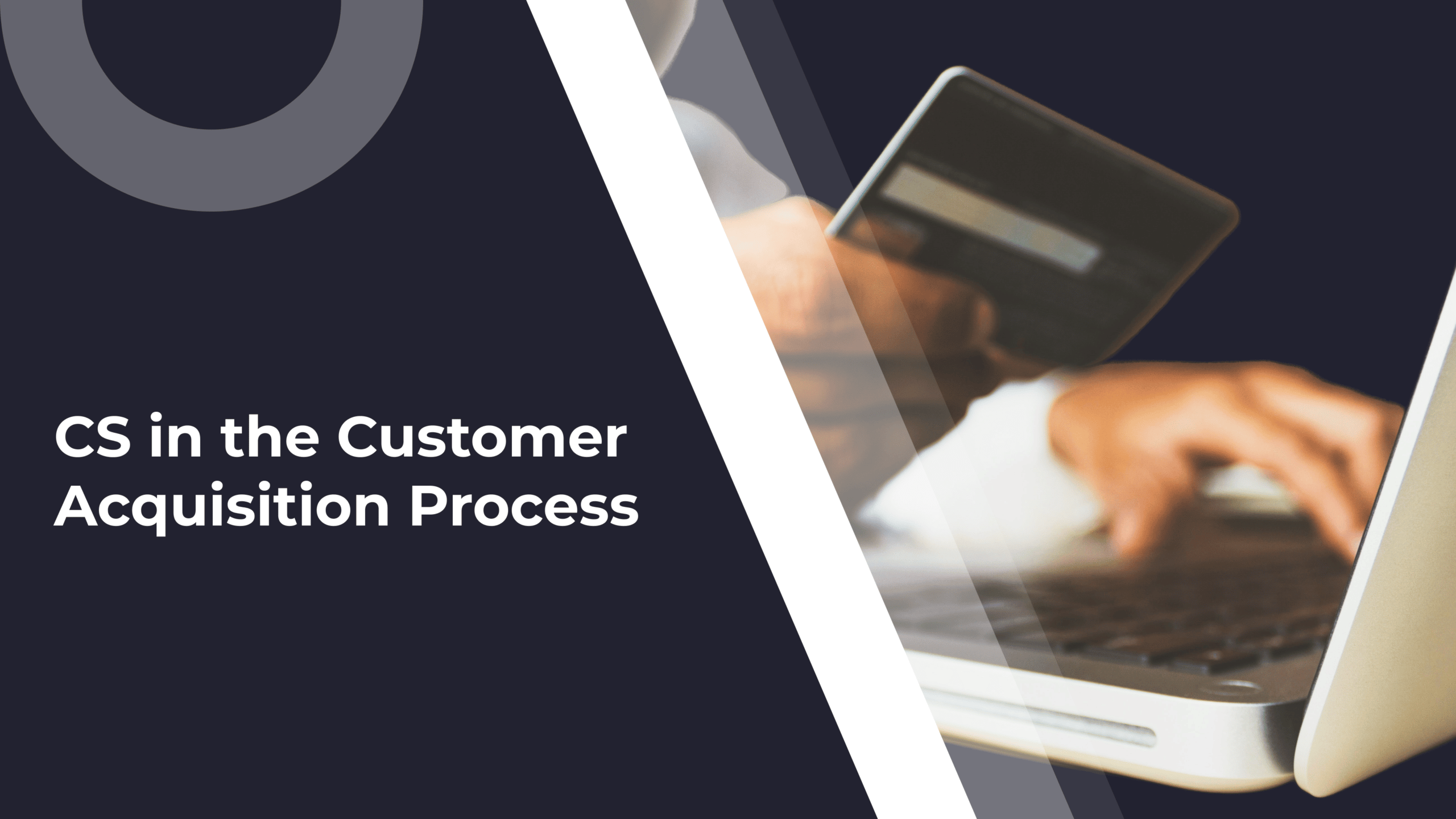With 69% of customers saying they have left a review when prompted by a business, you might feel tempted to send a mass email to your entire portfolio today.
But let me stop you for a second.
As a Customer Success Manager (CSM), nobody knows your customers like you do. And that is something you should leverage. Unlike many other parts of the business where 1:1 interactions are usually short-lived (such as sales or support), you have been with the customer throughout their entire journey. You know them, their business needs and challenges, and what kind of a relationship you’ve built over the years. This puts you in a unique position of ‘knowledge’ and ‘power.’
So before you send automated in-app pop-ups and stock-standard email review request templates, take a look at this article. It shares 10 of the most effective best practice principles for requesting B2B reviews. With examples and tips on applying each one, you can take a more targeted approach.
Not only will it significantly increase your chances of getting more reviews, but it will also help you generate more valuable feedback: The type of feedback that is much more likely to convert prospects during the all-important decision-making stage of the buying process.
1. Target the Right Customers (NPS Promoters + Loyal Customers)
This is a no-brainer. It’s obvious, but it needs to be said. You’ll get the best reviews from your happiest and most loyal customers. They are the ones your product is made for and the ones who know your product works. And because they use your product and its capabilities to their full potential, they possess the most valuable insights. The exact ones your prospects are looking for. So, this is the first segment of customers you should approach for reviews.
This example from TradeGecko shows how they approach one group of their happy customer base: their promoters. They frame the request around the fact they know the customer is loyal and happy (probably as a result of NPS). Before inviting them to write a review they openly say: ‘We noticed you like us. We like you too.’

To gather a list of your best (happiest) review request customer candidates, you can turn to two places:
- NPS promoters – Anyone who has given you a score of 9 or 10 on their NPS (‘How likely are you to recommend this product to your friends and family?’) is considered a ‘promoter.’ If they are willing to recommend you, it means you’ve passed with flying colors in their eyes. And that positive experience needs to be shared through… you guessed it – a review!
- Loyal customers – As mentioned earlier, CSMs are in a unique position when gathering reviews. You’ve already built a quality relationship. Use that long-standing rapport to your advantage. Ask for a review when you recognize the perfect opportunity in a natural and conversational manner. It’s highly unlikely they’ll refuse you.
2. Be Brief, Be Clear, and Targeted (Give Instructions)
Once you have a customer with good review potential, your next step is to make the request as brief, clear, and concise as possible. A user-friendly, logical structure and outline of the message with relevant links for submission increase your chances of conversion. Also, the more precise your instructions are, the more valuable the feedback you receive will be.
This review request from Webex is an excellent example of how you can manage customer expectations and guide them through the submission (and reward claim) process with clear instructions and links.

Some of the things you should pay attention to when drafting review requests include:
- Length and clarity—Make sure it’s concise, whether via email, chat, video, or any other communication channel. You want to show them that it will be easy and will not require a lot of work on their part. For example, long, text-only emails are an instant turnoff, and you risk losing the customer’s attention the moment they open it.
- Instruction and guidance – Tell them exactly what the review submission involves (preferably in a step-by-step format). Studies show that most software buyers want online reviews to talk about product quality (66%), ease of use (61%) and cost-effectiveness (52%). So you could even consider including the questions they will be asked (focusing on these three topics) to respond to. Another good option is to provide examples of great testimonials, which they can use to get an idea of how they approach their feedback.
3. Respect Your Customers’ Time (Less Friction, More Numbers)
If you want to minimize the chance of your request being ignored, remove key barriers. The first one is time, and the second is effort. It’s your job to do as much of the heavy lifting as possible. This example from Zoom does both. It includes the time it takes (5 minutes), and the CTA link goes directly to the survey (less friction).

You can show and tell your customers the review is not an enormous ask by:
- Reiterating it’s a small commitment in numbers—Tell your customers how long the review will take. In your request, encourage them with numbers (2-minute survey, 3 questions). Give them this information upfront. Knowing how much time they need to dedicate will help them fit it into their busy schedule. The shorter the submission process, the greater the chance they fill it in when they receive your request (I explain why this is important in #4).
- Remove extra steps—Make the submission as frictionless as possible. This means you include direct links rather than making them jump from page to page before they get to the screen or form they leave their feedback on. For physical touchpoints and in-store displays, leverage a QR code generator to create instant-access review links that customers can scan on the spot. Basically, you need to reduce the number of steps to completion.
4. Strike While the Iron is Hot (At Peak Engagement)
Another make-or-break factor in asking for reviews is timing. Ask at the right time, and you’ll score. Ask at the wrong time, and you risk that customer not just waiving your request but possibly even leaving a negative review. So stick to the times when your customers’ satisfaction and engagement levels are at a peak. This is also known as the ‘honeymoon phase’ of the customer experience. In this example, from The LinkedIn Operating System by Justin Welsh, users are asked for a review just before they finish the course, which is also when they are most engaged.

Some of the right times to ask for a review include:
- Positive interactions – There’s nothing like taking advantage of the positive momentum and asking for a review when your customer has just shown or told you they love your product. After a positive interaction, they’re more likely to reciprocate in the same way.
- At key milestones – Use automated, time-based review triggers for customer milestones. These could be completing the first task in your tool, being a member for 90 days, or upgrading their membership plan.
- When you fix a problem – There is nothing a customer loves more than when you solve a problem. The relief and gratefulness they feel can also be transferred to a review. With 79% of customers likely to leave a positive review for a company that turned a negative experience into a positive one, these types of interactions are an excellent opportunity for review generation. They present powerful moments where their customer satisfaction can be reflected in the testimonial.
5. Personalize With a Human Touch (First Name & Relationship Leverage)
Using templates can seem like the wrong path to take (especially with customers that you have a great 1:1 relationship), but it doesn’t have to be. Templates save time, so you shouldn’t ignore them, but you must customize and personalize them. Use the skeleton outline of a template (like this example from B2B SaaS Reviews), but edit and infuse it with small touches that matter and show the customer this request is intended just for them.

Personalize your request by:
- Using their name – Studies show that personalization in email subject lines alone increases open rates by 50%. So, use their name in the subject line and the headings of the email.
- Customer knowledge – Use and refer to points unique to the customer. This is so easy to do, and it’s highly impactful because it grabs their attention and keeps their focus. Research by Woodpecker found the average response rate of emails with advanced personalization (those that go beyond name and company) is 17% (as opposed to just 7% without advanced personalization). It works because it shows the customer you didn’t just send a ready-made template. You could use absolutely any information you have interacted with recently. It could be things you discussed in your recent catch-up or the new feature they’ve started using.
- Add the human touch—Edit the template’s language to sound natural and fit the conversational manner you use with your customers in real life. Also, use first—or second-person (‘I/we’ and ‘you’) when you communicate with your customers. It’s more direct and more engaging.
6. Provide Review Options (Time, Platform & Channel)
Give your customers options to increase the chances of conversation. These options can include the time they choose to complete a review, the review platform they choose to use, or the communication channel.
In this example from Captivate IQ, the company includes links to different review platforms so customers can choose the one that best suits their preferences.

Some of the options you might like to think about in your requests are:
- Review platforms—If your customer already has an account with Capterra and you only provide a link to G2, signing up to another platform might turn them away because of the extra time they need to dedicate. This is an important consideration because it’s an additional registration request.
- Now or later – Including links to ‘Fill in now’ or ‘Email me later’ shows your respect for their time and lets your customers choose ‘when’ they complete the task. It provides flexibility
- Survey, video, or interview – While most people prefer to receive surveys by email, some of your customers might like to leave a video review. Try not to restrict your review formats to just written. With 2 out of 3 customers more likely to purchase a product after watching a testimonial, video is a highly impactful, high-converting review collection mechanism. Another option that many customers might like is to leave an interview-style review. It’s easier for them because they speak to another person (instead of recording themselves), and it’s better for you because you get to steer the conversation towards points of interest for your future prospects.
7. Offer Incentives (Gift Vouchers, Swag, Donations & Early Access)
Should you incentivize reviews? Absolutely. Let’s be honest: filling in a review takes a bit of time. It may not take an hour, but it’s still time your customers need to take out of their day to do something that benefits your company and product. The thing most people get uncomfortable with when it comes to incentives is the feeling they are ‘paying’ for a review. This is not the case. You simply give your customers a small token of appreciation (or free credits, like Surfer AI in this example) for investing their time in providing feedback. That is all.

Some of the most common types of incentives are listed below, but you can always get more creative.
- Gift vouchers—Gift card vouchers are the most common incentive most businesses use. They are easy to organize logistically and give customers the freedom of choice with purchases.
- Freebies and swag—People love freebies. Even though you work with companies, you interact with people, so your freebies need to appeal to those humans and their interests.
- Prize pools – This isn’t as common because it requires more work, but your incentive can be a prize pool for a free holiday. It’s a big enough gift to encourage anyone to spend 5-10 minutes compiling a testimonial.
- Charity donations—In recent years, many businesses have adopted this approach because it makes customers feel good knowing that their submission also supports a social or community initiative.
- Early access – Another great way to incentivize customers is to offer them early or free access to a new feature or tool.
8. Frame it With a Purpose (Give Benefits)
Tell your customers straight up why they should leave a review. Aside from the incentive, what’s in it for them? Frame your request around the mutual benefits and give them the purpose behind the review collection. Yes, you want to increase the number of online reviews so you can help your business grow, but you also want to continue developing your products so they better meet your customers’ future needs.
This example from Voxpopme uses the ‘purpose’ and mutual benefit technique.

Some of the angles you can use to frame your review request could be:
- Product development—To deliver a great product, you need to know the user experience, and your current customer base is your best source of information. Reviews and testimonials (positive and negative) are key references for product development teams constantly working on improving products and adding new features. When you frame your request around the fact that it will help your company provide a better, more robust solution, they see a greater reason to respond.
- Customer advocacy & social proof—Be open and honest about the other primary driving force behind review collection: You want to gather social proof and promote customer advocacy. There is nothing wrong with that, so don’t hesitate to use those exact words in your request. Being open and honest about your motives generates more trust and builds authentic relationships with your customers.
9. Make it a Good User Experience (Software & Design)
If you want your customers to leave a review, don’t make them jump through hoops. Take as much of the complexity out of the submission as possible and make it appealing. G2’s example hits the mark when it comes to design. All those colors, the CTA button, and the headline that makes you think also make you want to click and write a review.

Another thing to keep in mind is software. While you might not have a say in the authentication processes and third-party providers your company chooses to collect testimonials, you can collaborate with key decision-makers. Provide the right feedback to help influence their decisions. That way, they can give you the tools you need, which will drive more reviews rather than turn customers away due to clunky features and processes.
A couple of things you can bring to the decision-makers attention include:
- Review collection software—User-friendly, low-hassle, industry-focused review collection software is a must! You want to offer the smoothest possible user experience. So, ask your customers who have submitted reviews what their user experience was like. Was it too long or complex, and what would they have preferred? Pass that information on to the decision-makers.
- Intuitive design—The review request should be scannable, bright, and animated (emojis are good here). All these elements make automated requests more inviting. Also, it helps to include large CTA buttons to make the ‘Submit Review’ link unmissable and more likely to convert. If you can, test the review request yourself and see if anything in the process might turn a customer off from finishing the review.
10. Don’t Be shy to Follow Up (It Can Triple Your Response Rate)
You don’t want to annoy or irritate your customers with endless follow-ups, but you also shouldn’t shy away from sending the right kind of follow-ups. Don’t give up if you don’t get a good response rate in your first round. While many experts argue one follow up is best practice and enough, some research suggests otherwise. For example, Woodpecker, the email marketing company, found that sending more follow-up emails can triple your response rate. To get the balance right, you need to tailor your approach to your customers (who you, as a CSM, know best).
But it’s not just about how many you send. What’s in the email is just as important. This infographic from Mailmunch shares four mistakes you should try to avoid when sending follow-ups:

Source: Mailmunch
Some other things to consider when sending follow-up review requests include:
- Timing and intervals – If you sent your initial request in the morning hours and didn’t get a response, try another time of day. Maybe you didn’t get them at the right time. Also, don’t send obviously automated follow-ups (three days in a row or at the beginning or end of each week). Instead, seek and spot moments that present themselves as ideal and relevant opportunities for follow-up.
- Reframing your approach—Maybe your first request didn’t hit the spot. Try to reframe your follow-up email from a different angle. Think about your last conversation with the customer. Find ways to incorporate elements of important discussions and link them to your follow-up. Give them reasons why submitting a review can make a difference in something that matters to them.
- Dig deeper—If your customers ignore your requests, you can also try digging deeper into why they don’t feel comfortable leaving a review. Perhaps they are unhappy or have some other reason you can help them work through. This also presents an opportunity to uncover and proactively solve a negative experience without the customer asking. If you can do that, you are sure to get brownie points, which may eventually lead to a 5-star review!




